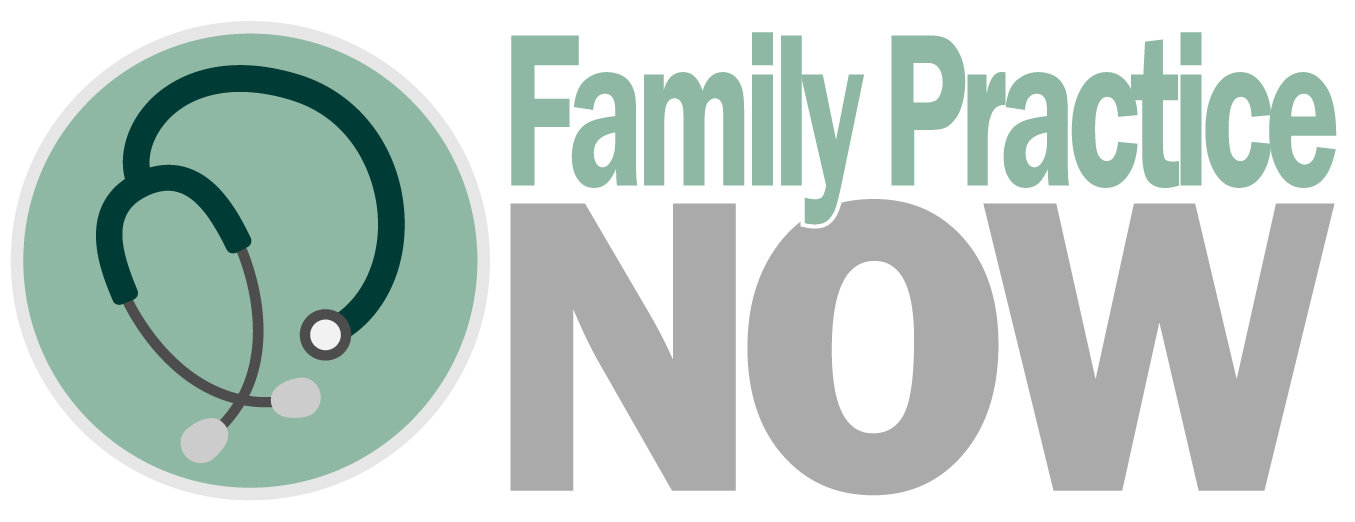Premier - Local Plastic Surgeon
-
Liposuction Procedure
Liposuction is a surgical procedure that aims to remove excess fat deposits from specific areas of the body. The procedure generally follows the steps you described. Here's a detailed outline of the liposuction procedure:
-
What is a Liposuction Procedure
During the procedure, a small incision is made near the targeted area, and a thin tube called a cannula is inserted. The cannula is connected to a vacuum device that suctions out the fat cells, effectively contouring the body shape
If a person is interested in pursuing liposuction, they should speak to their family physician and ask for a referral to a consultant who is able to perform that for them.





